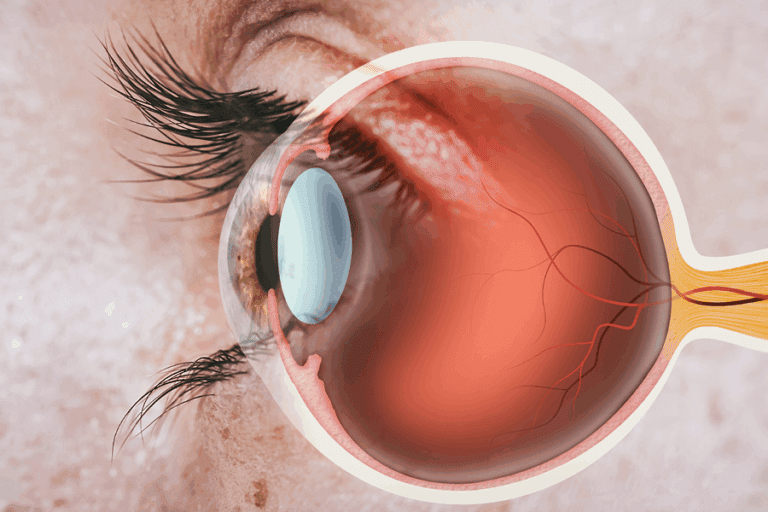The pieces continue to come together as we work to understand the full impact of the Affordable Care Act (ACA). A big piece fell into place when the Department of Health and Human Services (HHS) released its final rule on the Essential Health Benefits (EHB), Actuarial Value (AV) and Accreditation on Feb. 20. The rule lets us address some of the unknowns raised in past blogs as well as confirm some of the proposed rules.
The most important development for standalone dental is that HHS granted the long-requested “outside the exchange” waiver. Specifically, HHS said the pediatric-oral EHB (POEHB) can be offered on- and off-exchange through a standalone dental plan. Previously, the POEHB could be provided through a standalone dental plan on-exchange, but had to be embedded in the medical plan off-exchange.
This clarification clears the way for the separate choice and purchase of medical and dental coverage on- and off-exchange, meaning the 98 percent of the market that buys medical and dental separately can keep doing so. Standalone dental will be treated the same on- and off-exchange.
The waiver off-exchange also means childless adults who buy medical coverage off-exchange do not have to purchase the POEHB. Previously, any medical plan sold in the small-group or individual market off-exchange had to embed POEHB, meaning childless adults would be paying for coverage they didn’t need and couldn’t use. Now they can buy a medical plan and a standalone dental plan that mirrors their coverage needs.
As part of the final rule, “pediatric” is defined as up to age 19, with flexibility for states to extend pediatric coverage beyond this limit. This matches the definition in the proposed rule released last November.
HHS also confirmed and clarified coordination of benefits between medical and standalone dental plans. The POEHB will have a separate out-of-pocket limit if provided by a standalone dental offering, and will be subject to the medical out-of-pocket limit if it’s embedded in the medical plan.
The out-of-pocket limit for standalone dental plans providing the POEHB must be “reasonable,” but the final rule did not define what “reasonable” means. Instead, the limit will be defined by the exchanges. For states (like Wisconsin) with a Federally Facilitated Exchange (FFE), HHS anticipates issuing further interpretive guidance to define “reasonable.” Delta Dental of Wisconsin recommends an out-of-pocket limit of $1,000 as a balance between coverage affordability and member costs.
HHS confirmed as part of the final rule that only “medically necessary” orthodontia is covered as part of the POEHB. HHS further clarified in the rule that “cosmetic” was intended to mean “non-medically necessary,” meaning that “non-medically necessary” orthodontia is not covered as part of the POEHB.
In its ruling, HHS reaffirmed that standalone dental plans will calculate AV independently of the other EHBs and will be subject to separate AV requirements, whereas a POEHB embedded in a medical plan will be included as part of the medical AV.
The POEHB sold through standalone dental plans will be classified as either a high plan or a low plan. The November proposed rule set the AV of the high plan at 85% and the low plan at 75%, with a variance of +/- 2%. The final rule created more space between the two standalone dental options. The high AV remained at 85%, but the low AV was adjusted to 70%. The standalone dental AV still has an allowed variance of +/- 2%.
There’s still a lot of work to be done to get ready for ACA implementation. Delta Dental of Wisconsin continues to stay on top of all the latest developments; we remain your source for information on the ACA and the future shape of dental benefits in Wisconsin.


